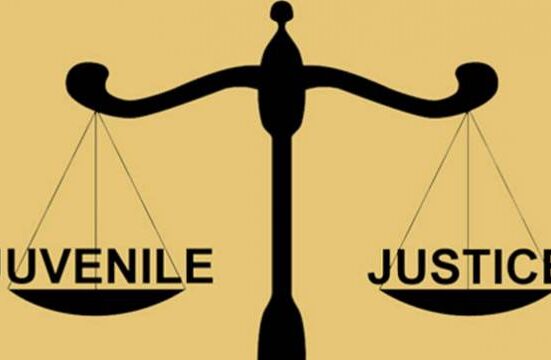Key Takeaways:
- Individuals exposed to burn pits may face a myriad of health issues.
- Understanding long-term effects is crucial for medical care and legal rights.
- Current research is pivotal in shedding light on the potential health conditions from burn pit smoke.
- Guidance exists to help those affected in seeking proper medical and legal support.
Throughout military history, burn pits have been a standard method for waste disposal in conflict zones or remote bases. The hazards of such practices are receiving more spotlight as veterans and civilians alike report health issues that may have stemmed from inhalation of toxic smoke. Creating a burn pit exposure list is a crucial tool for the afflicted, aiding them in establishing a connection between their health problems and their service. While a step in the right direction, this resource underscores how much the dangers of burn pits have been underestimated.
Assessing Health Risks Associated with Burn Pit Exposure
When operating in austere and temporary environments, militaries worldwide have often resorted to incinerating waste in large pits. The resulting smoke may carry particulate matter, posing immediate health concerns such as eye irritation, coughing, and difficulty breathing. Continuous exposure can exacerbate these symptoms, leading to more severe conditions such as chronic respiratory disorders. While often overlooked or attributed to less severe causes, the early signs can be red flags signalling the need for a deeper investigation into an individual’s exposure history.
The Science Behind Burn Pit Toxicity
Combusting waste materials, particularly in the varied and uncontrolled conditions of a burn pit, releases a complex cocktail of chemicals, many harmful to human health. Dioxins, furans, and particulate matter are just a few of the dense smoke that can arise from such fires. Current scientific research dissects this complexity to identify the specific constituents of burn pit smoke and understand how each affects human physiology. The goal is to link the patterns of illness with these toxic agents to inform both healthcare providers and policymakers.
Exploring the Long-Term Health Implications
Initial studies are now being corroborated by more extensive research, which points to a link between burn pit exposure and a variety of long-term health conditions. From respiratory diseases to cardiological impairments and even certain forms of cancer, the potential health ramifications are widespread. These illnesses can take years to manifest, making exposure history an essential component of medical evaluations for individuals presenting with compatible symptoms. The medical community is better equipped to treat and advocate for affected patients with the continuing accumulation of data.
Legal Rights and Support for Affected Individuals
It’s not just about health; it’s also about the rights of those who served. Veterans and civilians alike need to know the legal resources available to them when confronting the aftermath of burn pit exposure. Recognition of service-related health conditions, including those potentially resulting from burn pits, is increasing, as evidenced by the resources provided by the U.S. Department of Veterans Affairs. The legal landscape is evolving, and staying informed is critical for navigating these waters.
Guidance on Seeking Medical Evaluation and Treatment
Securing suitable medical attention is paramount for those who suspect they may be suffering from conditions linked to burn pit exposure. The first step is to seek a thorough assessment from medical experts versed in the possible effects. Armed with current research and clinical guidance, these providers can begin crafting a treatment strategy tailored to the individual’s specific health concerns stemming from their exposure to burn pits.
Compensation and Benefits: Understanding Your Entitlements
Compensation is a crucial component of the support system for individuals who have endured burn pit exposure. A certain amount of justice and relief from the burden of medical costs can be obtained by being aware of one’s rights to benefits and compensation, following the necessary processes, and receiving these entitlements. Information on claims and benefits is available through numerous official channels, including the extensive resource database provided by the Veterans Benefits Administration. For many, securing deserved compensation starts with understanding these resources.
Personal Stories: The Human Side of Burn Pit Exposure
The numbers and facts surrounding the issues of burn pits overshadow the personal stories of those directly affected. Veterans and contractors who share their experiences with burn pit exposure put a face to the struggle, chronicling the battles with health challenges, bureaucracy, and the pursuit of proper care and recognition. These narratives provide compelling insight and encourage others to come forward, fostering a community of support, resilience, and shared purpose.
Moving Forward: The Future of Burn Pit Exposure Awareness
As awareness spreads and more stories come to light, there is a collective push for better policies and practices regarding using burn pits and attention to their health implications. The diligence of researchers, the advocacy of veterans’ groups, and the stories of those affected are driving this momentum toward a future where the risks of burn pit exposure are not underestimated but are fully recognized and appropriately addressed.





